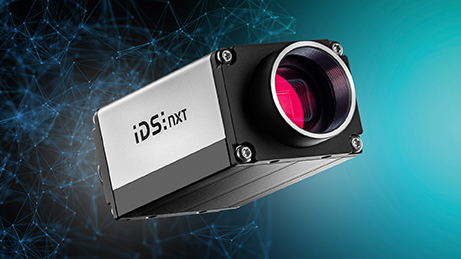Moisture Puts Spotlight On Nitrogen
High corn prices, saturated soils brings up worries about nitrigen loss.
For the second year in a row, growers in many parts of the Midwest are facing moisture-saturated soils that could leave corn short on both nitrogen (N) and yield in 2008. That’s despite the fact that they applied, or are planning to apply, nitrogen at rates that typically are adequate to produce a bin-busting crop.
The possibility that soil moisture conditions could cause large nitrogen losses is especially daunting with corn futures prices above $5 per bushel and in-season nitrogen expected to cost 60 cents or more a pound, says Dr. Tracy Blackmer, research director for the Iowa Soybean Association (ISA) On-Farm Network.
“There is so much money being invested in the crop, and the crop is so valuable, that growers need to devise strategies to counteract what could be a challenging year for supplying adequate nitrogen to the crop,” he says. “I have been getting lots of calls from growers who are concerned. Many of them applied anhydrous ammonia in the fall because it was relatively cheap compared to other forms.”
His advice? Be prepared to make in-season sidedress nitrogen applications if it looks like the crop will come up short on nitrogen. Additional nitrogen applied at planting could be wasted if conditions are conducive to large N losses.
Based on ISA On-Farm Network research, he suggests sidedressing 50 pounds per acre of additional nitrogen if rainfall is more than 13 inches from March through May.
Another alternative to this sidedress-no sidedress approach is to use an optical sensor system to customize the rate, says Blackmer. Optical sensing technology, which is relatively new on the market, assesses actual crop needs and applies the appropriate additional fertilizer rate in a single field pass.
The On-Farm Network tested the GreenSeeker optical sensing and variable-rate application system in 2007, when many Iowa growers also faced saturated soil conditions that short-changed the crop on nitrogen. The six-sensor GreenSeeker RT200 unit, which is mounted on a sidedress nitrogen applicator, uses infrared and near-infrared light to assess plant biomass and health as the rig moves across the field. Fertilizer rates are adjusted on the go, depending on the sensors’ assessment of the crop’s yield potential.
“The research showed that GreenSeeker detected nitrogen stress and applied the amount of nitrogen needed to alleviate it,” he says. “It provided an economic yield response to the extra nitrogen. The sensors can detect early on which plants are stressed. Often, by the time you can visually see that additional nitrogen is needed, it’s too late.”
ISA On-Farm Network’s 2007 stalk testing program confirmed that above-average rainfall can reduce yield from nitrogen loss.
“More than 30% of the fields we tested were low on nitrogen,” he says. “Growers were horrified by what they saw from aerial imagery and the stalk tests. They lost money because they didn’t have enough N for the crop. That really hurts at $5 corn. Growers have to do what they can to protect this high-value yield.”
The ISA On-Farm Network plans to conduct additional research with GreenSeeker technology in 2008. The research is being conducted with support from GreenSeeker manufacturer NTech Industries, Inc., along with its distributor, Redball, LLC.
Visit www.isafarmnet.com for more information on the ISA On-Farm Network. Visit www.greenseeker.com for more information on GreenSeeker.






